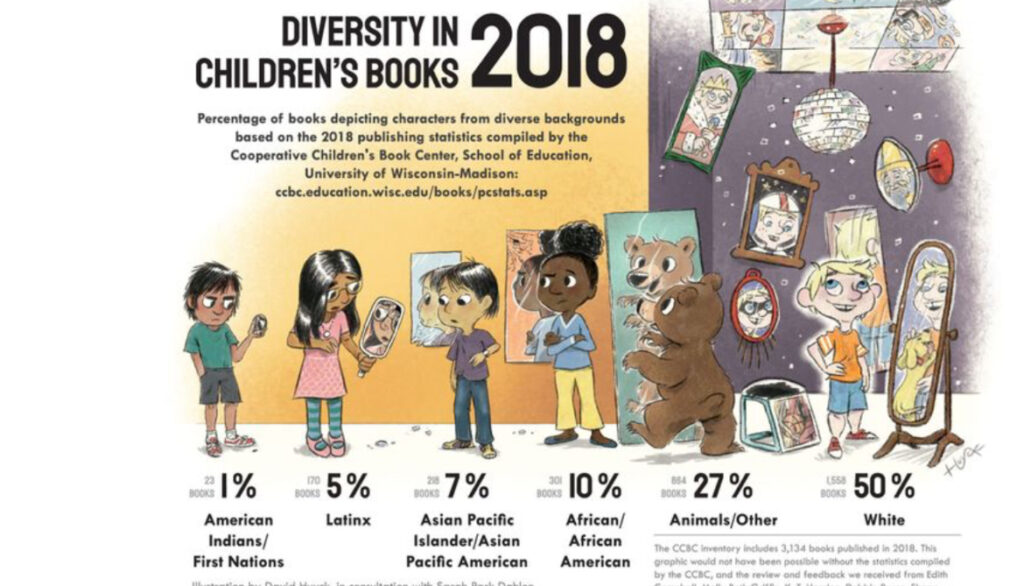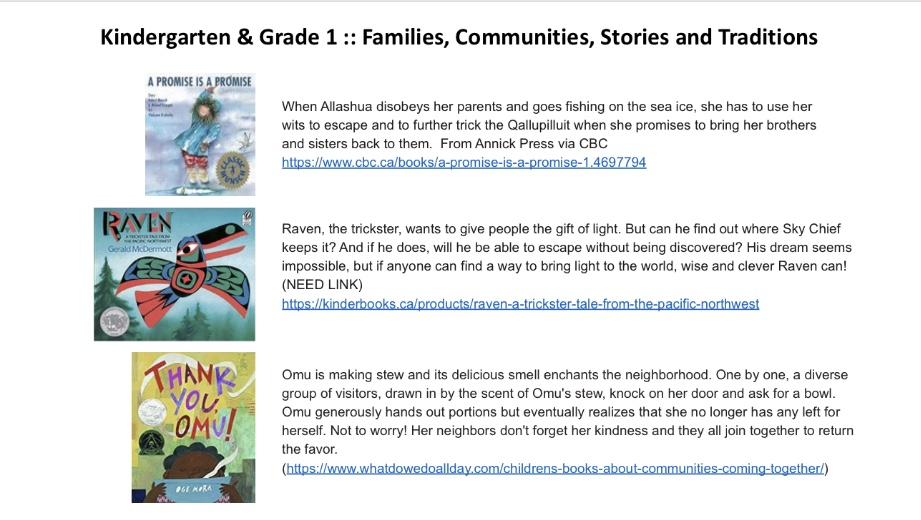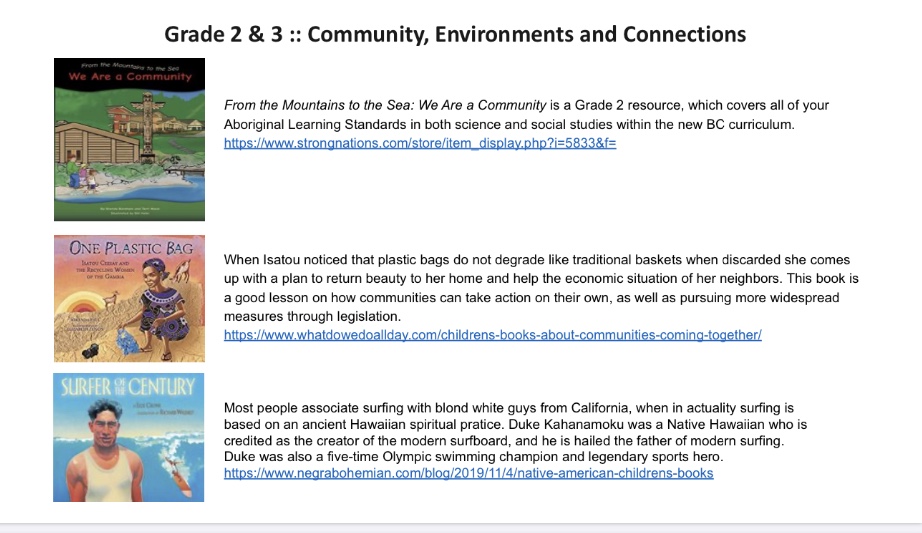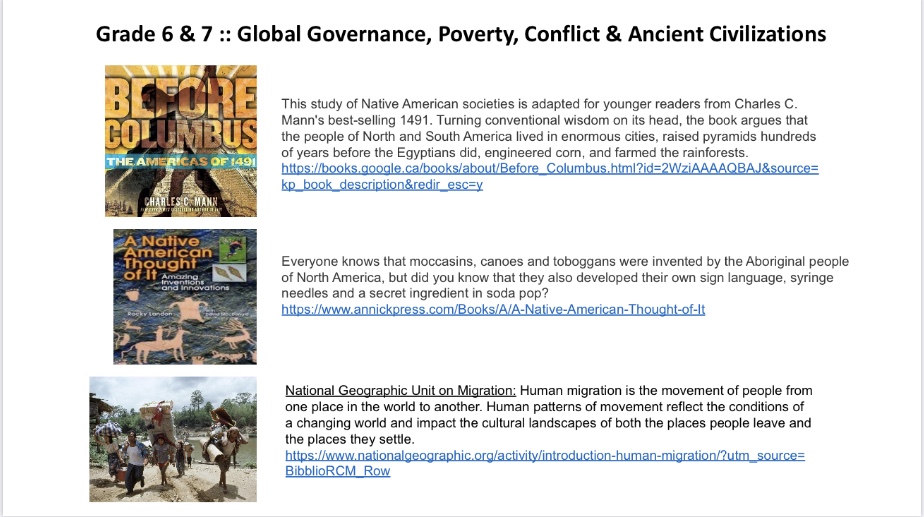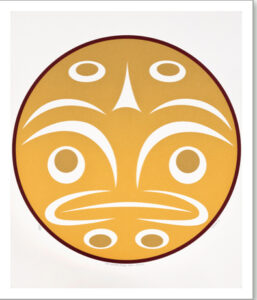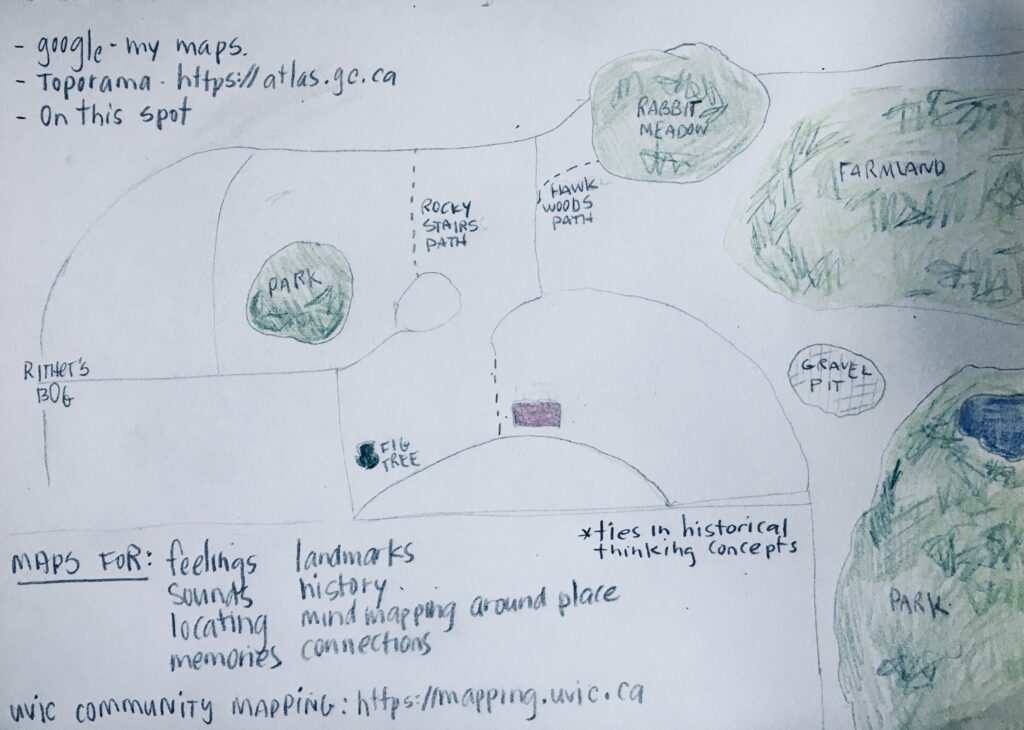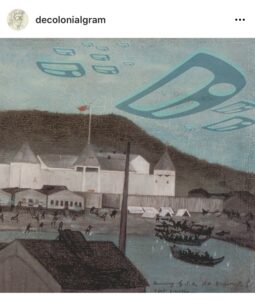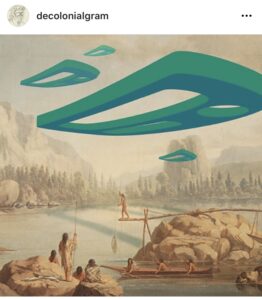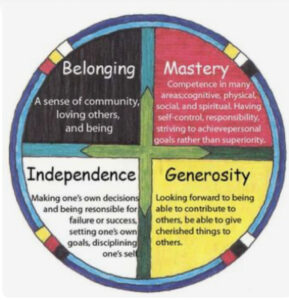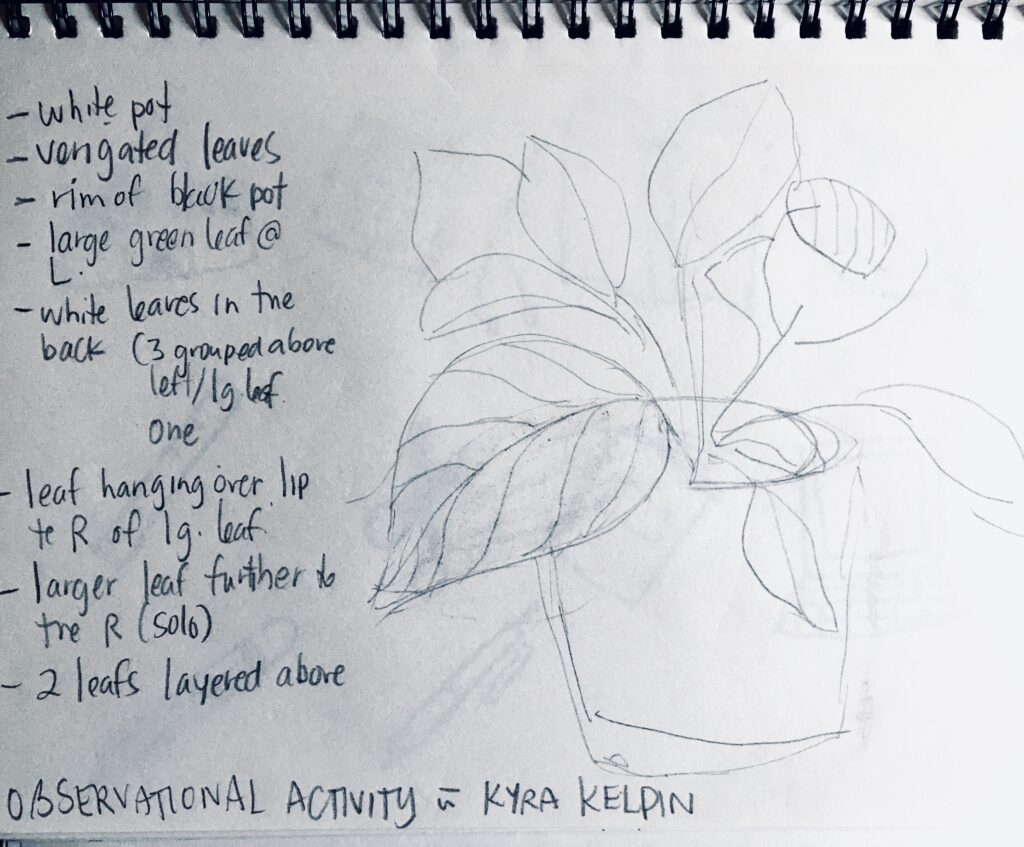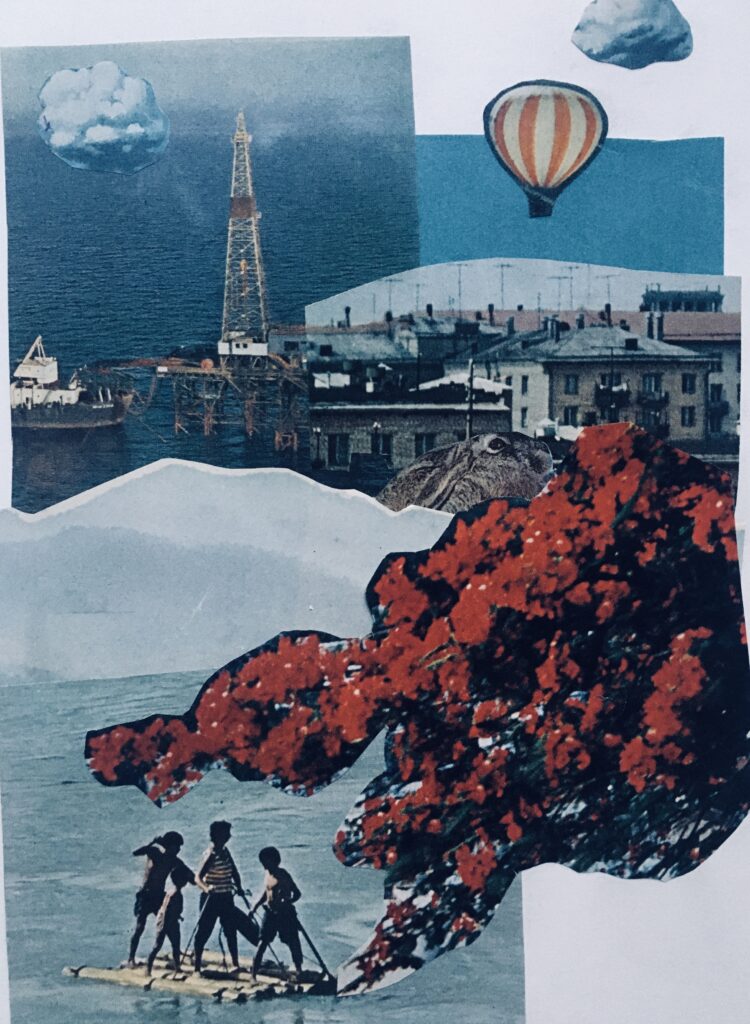
image via web @ interactions.acm.org
The Historical Thinking Concepts provide a framework to support the critical reflection and evaluation of history, and provide learners with the ability to assess information and look at the issue from all angles.
My hope is that through the application of Historical Thinking Concepts, we will enable our students to not only view historical events through a lense of objectivity (as much as this is possible) but also give them the tools to take these thinking skills and apply them within their lives as a framework for engaging with their future learning, social justice issues, as a way to read the media etc…
I believe that one of the main jobs of elementary school is “learning how to learn”, giving students agency so that they can use these tools to pursue their passions and interests well beyond the elementary years.
I chose this image because to me it represents hope and reflects what I think we as pre-service teachers should be trying foster in our future students; resilience , empathy and the ability to reflect critically on the state of the world + creative enough to affect change.
- Establish historical significance.
- Use primary source evidence.
- Identify continuity and change.
- Analyze cause and consequence.
- Take historical perspectives, and.
- Understand the ethical dimension of historical interpretations.
